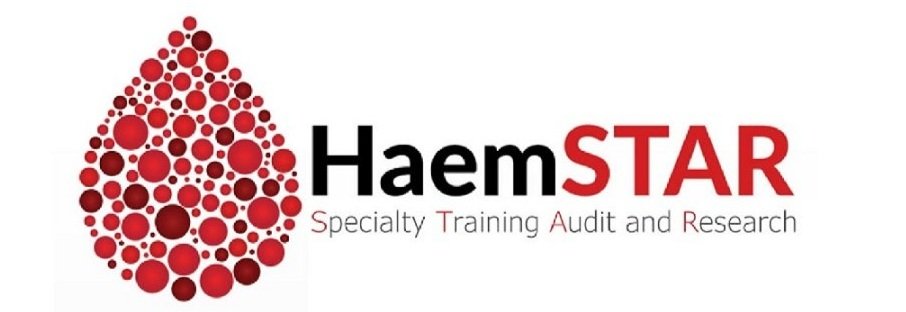The power of connections
By: Richard Buka
One of the most striking images this year was the publication of the brain of an adult fruit fly – drosophila melanogaster, made up of 140,000 neurones and 54.5 million synapses. The research was conducted by the Flywire consortium, a collaboration of 127 institutions across the globe. The image you see below was achieved by stitching together electron microscopy images using AI to automatically segment neurons. However, these reconstructions needed to be proofread, and this was done through even more collaboration – they outsourced it to researchers and volunteers across the world through an open platform.
So, this work shows the power of connections and network in two ways. Firstly, those 54 million connections between multiple neurones allows a fly, with a brain smaller than a pinhead, to navigate complex environments, process sensory information, learn from experience, make decisions, and live within a social structure. Quite incredible.
Second, the work shows what can be achieved working together. The project was achieved through a collaborative effort from 287 researchers around the world and volunteers from the general public who spent an estimated 33 person-years painstakingly proofreading all the data.
I recently travelled to ASH in San Diego where I had the pleasure of presenting a poster on RAPIDO, HaemSTAR’s audit on the use of reversal agents across the UK. We had over 250 people enter data on this project and nearly 2,500 patients worth of data entered. I estimate this as over 1,200 hours worth of data collection. For one person, this would take about 6 months full-time work, totally unmanageable for one person, but HaemSTAR can do things like this relatively easily. The fly brain work is strikingly representative of what we are trying to do – the consortium that managed to do this, similar to our network, and the power of all those synapses, representative of our network. I’m constantly amazed how much everyone is willing to do for limited personal gain, in the interests of improving care for our patients.
So, what can we look forward to in 2025? We are planning projects that will look at management of high-risk PE in pregnancy, haemostatic management of surgery in haemophilia B, and vascular access in sickle cell disease. MoM-ITP, our study of foetal outcomes in maternal ITP is on-going and looking for more sites. We also have ATOMM, a project looking at the use of apixaban in thromboprophylaxis in myeloma, and a plan for a national audit of the diagnosis and management of HIT. There are quite a few other projects ticking along as well and I am also looking forward to a few publications – RAPIDO, 2 sample rule survey, A2PLS, TXA in HMB survey, high risk PE in pregnancy survey, and others. To get involved, in any of these projects, please head to the website, or just email haemstarnetwork@gmail.com.
Meanwhile, Pip Nicolson and I will continue to do the HaemSTAR podcast, Don’t Just Read the Abstract, and there will be more wonderful webinars in collaboration with the Limbic. I can’t wait to meet with friends and colleagues at the HaemSTAR annual meeting in February and at BSH in April. Please do come and find me, say hello, and let’s discuss how we can work together.
All the best for 2025
Rich

